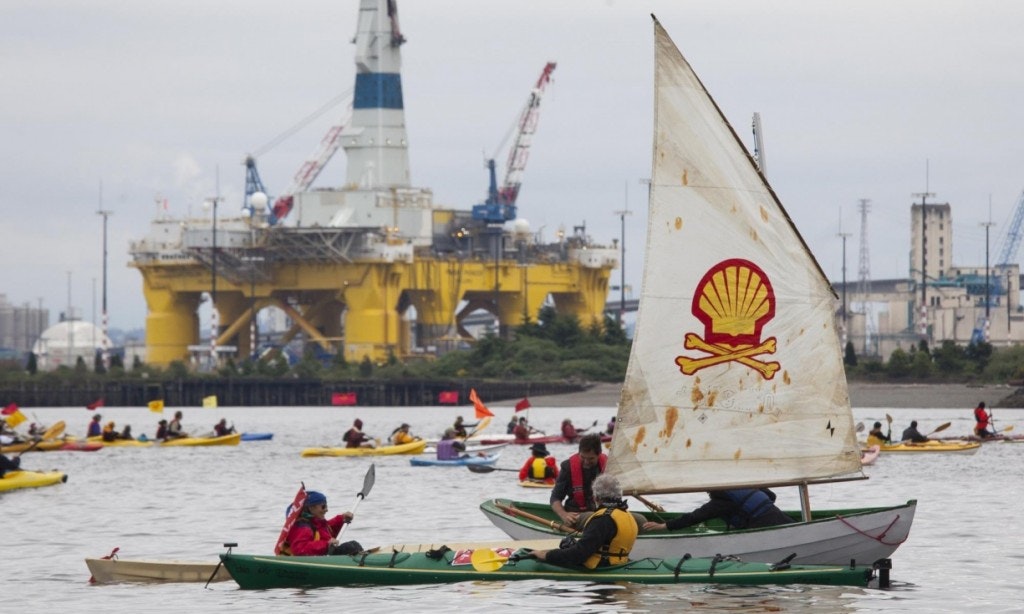Hank’s statement, and the photographic documentation of the kayak action, together belie the “Ecomodernist Manifesto” that makes the case that “we” must seize the opportunity to create (read: geoengineer) a “good Anthropocene,” “decoupling” economic growth from environmental impacts. Bringing together eco-optimist luminaries like Stewart Brand, Erle Ellis, Ted Nordhaus, and Michael Shellenberger, the group argues that, despite environmental setbacks, “humans” must continue down the path of modernization, using “their growing social, economic, and technological powers to make life better for people, stabilize the climate, and protect the natural world.”2Ted Nordhaus and Michael Shellenberger et al., “An Ecomodernist Manifesto,” (2015):
http://www.ecomodernism.org/manifesto/, 6. See also Jeremy Caradonna et al., “A Degrowth Response to an Ecomodernist Manifesto” (May 6, 2015), at
http://www.resilience.org/, which points out that in addition to presenting factual errors, “Ecomodernism violates everything we know about ecosystems, energy, population, and natural resources. Fatally, it ignores the lessons of ecology and thermodynamics, which teach us that species (and societies) have natural limits to growth. The ecomodernists, by contrast, brazenly claim that the limit to growth is a myth, and that human population and the economy could continue to grow almost indefinitely. Moreover, the ecomodernists ignore or downplay many of the ecological ramifications of growth. The Manifesto has nothing to say about the impacts of conventional farming, monoculture, pesticide-resistant insects, GMOs, and the increasing privatization of seeds and genetic material. It is silent on the decline of global fisheries or the accumulation of microplastic pollution in the oceans, reductions in biodiversity, threats to ecosystem services, and the extinction of species. Nor does it really question our reliance on fossil fuels. It does argue that societies need to ‘decarbonize,’ but the Manifesto also tacitly supports coal, oil and natural gas by advocating for carbon capture and storage.” It’s not surprising that techno-utopian Mark Lynas, author of The God Species: Saving the Planet in the Age of Humans, is among this group.







